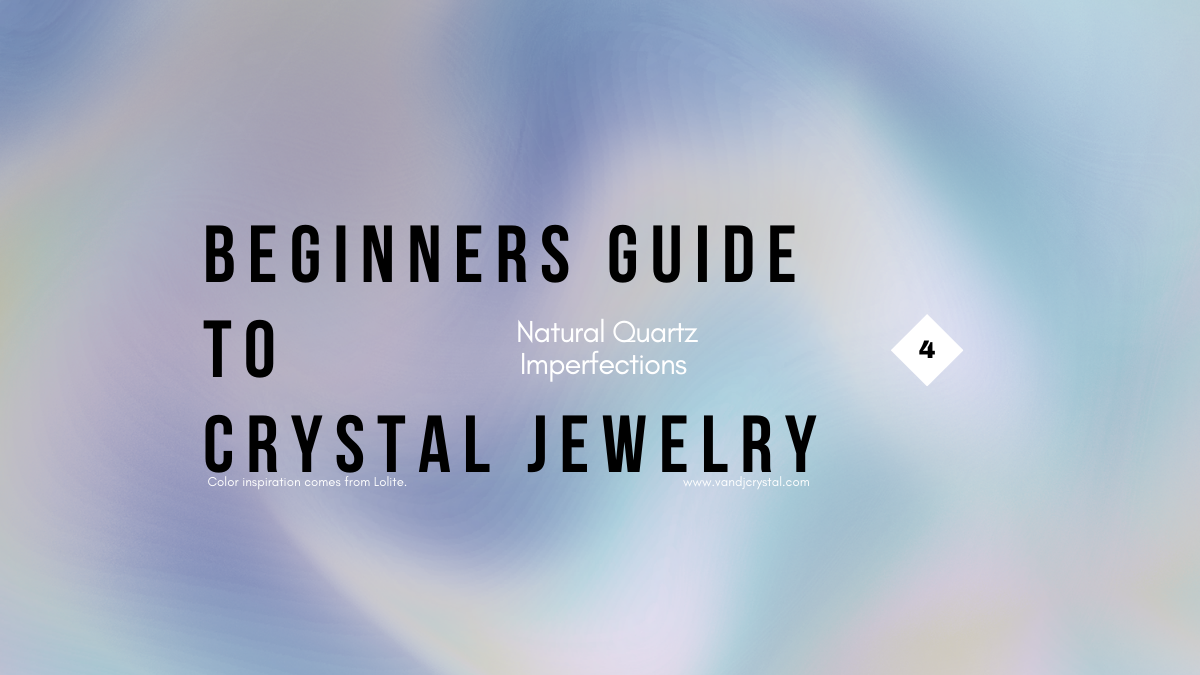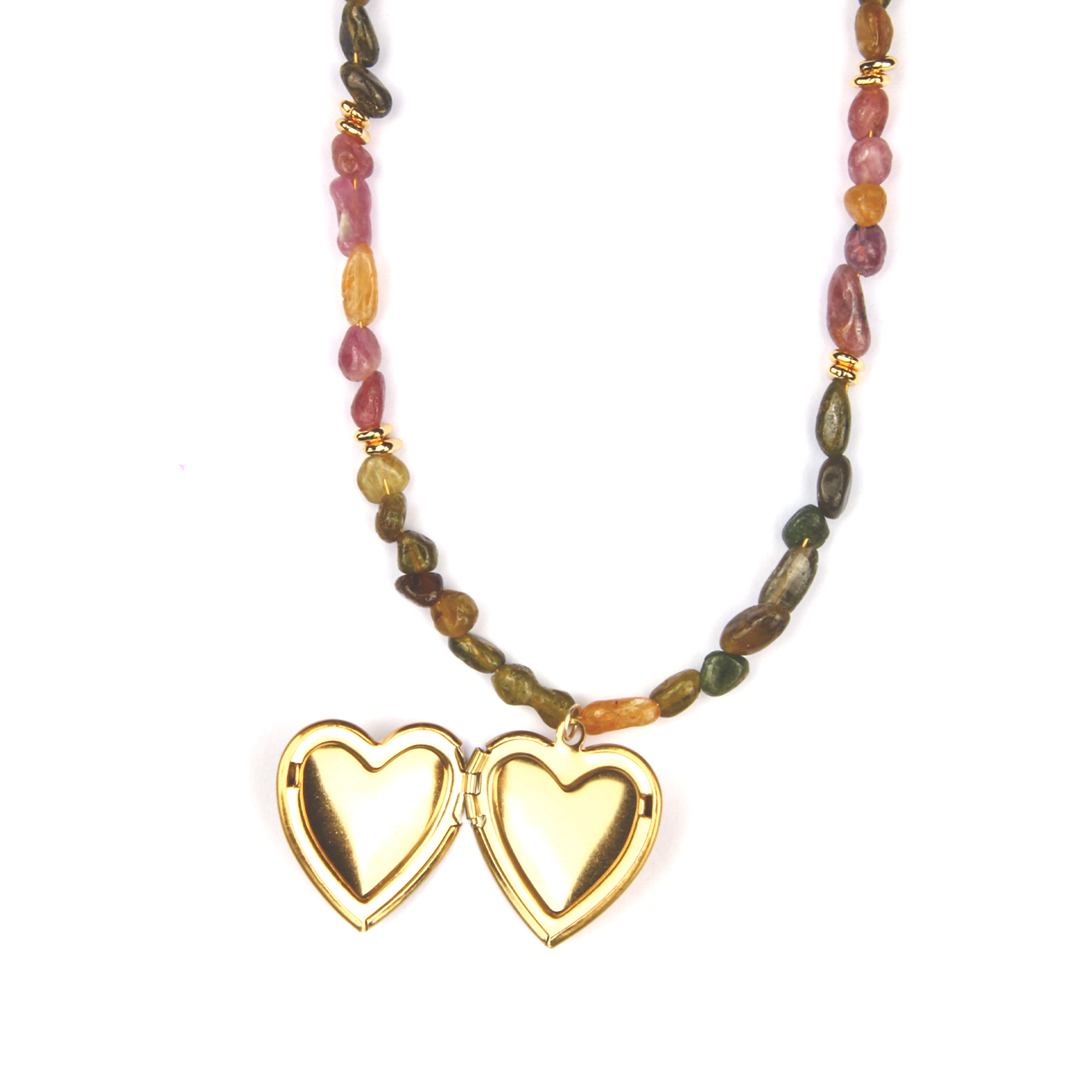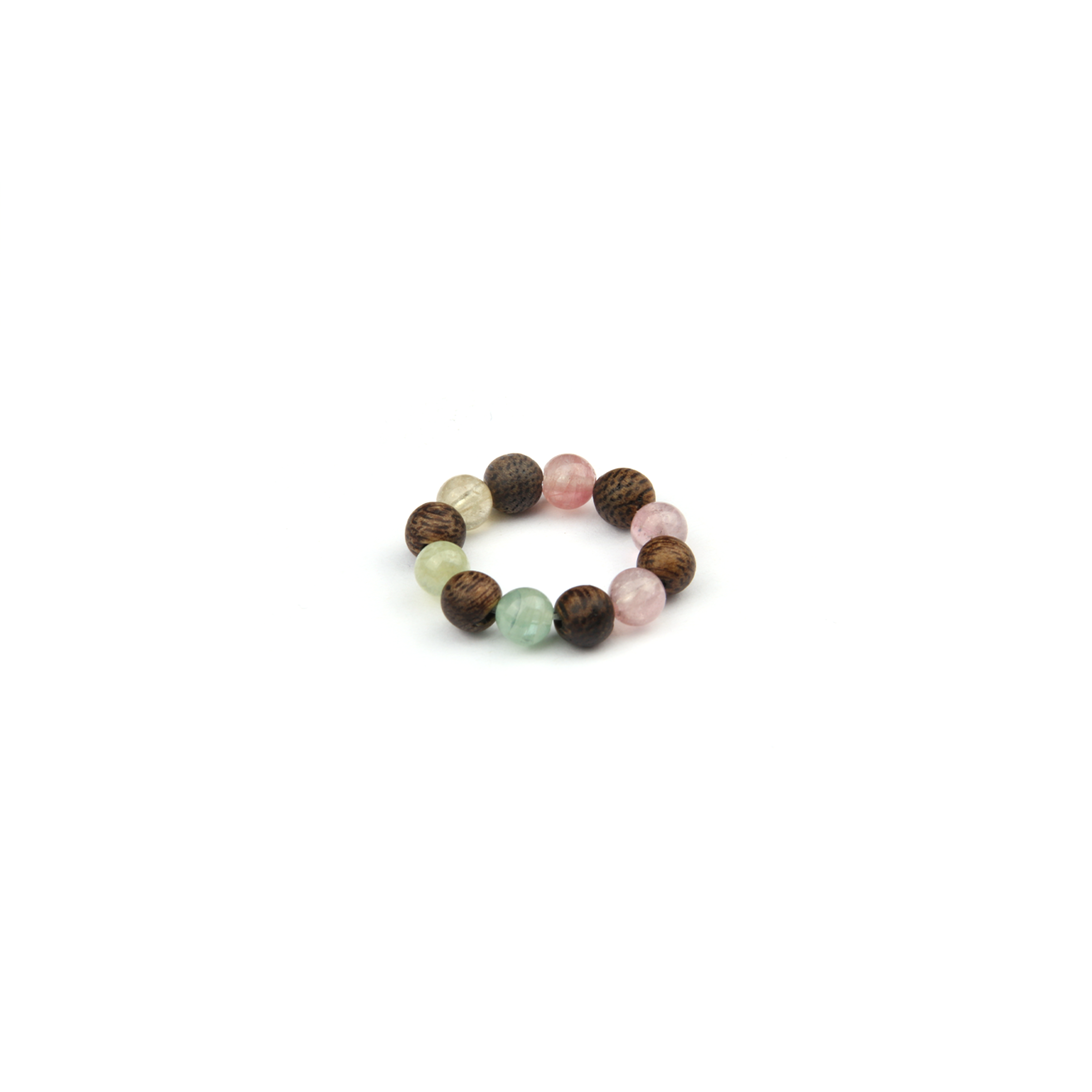The Unique Beauty of Natural Quartz: Embracing Imperfections in Crystal Jewelry
Quartz, one of the most captivating gemstones, is renowned for its clarity and natural beauty. Its distinct characteristics make it a popular choice for jewelry lovers around the world. However, it is the imperfections—such as color variations and unique textures—that give quartz its true charm. These natural features, far from being flaws, are what make each piece of quartz jewelry so special.
Color Variations in Natural Quartz
Natural quartz comes in a wide range of colors, from the pure transparency of rock crystal to the rich hues of amethyst, citrine, and smoky quartz. These color differences arise from the mineral composition and environmental conditions during the crystal's formation. For example, amethyst quartz owes its vibrant purple hue to iron oxide, while citrine quartz gets its golden yellow or orange color from manganese. These natural variations not only make each quartz piece visually distinct but also add to its uniqueness as a gemstone.


However, there are also quartz pieces that exhibit multiple colors in beautiful, seamless transitions, creating intricate patterns or bold color blocks within the same crystal. For examples like: Tourmaline quartzand Fluorite quartzThese multi-colored crystal stones are rarer and more valuable, as each one is a true natural wonder, displaying nature’s artistry in a single piece. These color blocks within quartz can appear in various forms—sometimes as distinct, clear-cut sections, or as more fluid transitions between hues. The combination of colors can evoke a sense of depth and mystery, with each piece telling its own story.


Whether you’re drawn to the calming purples of amethyst or the warm golds of citrine, or a multi-colored quartz, these colors reflect the crystal's journey through the earth, making each piece a one-of-a-kind treasure.
Unique Textures: A Signature of Nature
One of the most fascinating aspects of natural quartz is its internal texture. Quartz can sometimes develop inclusions, fractures, or “cotton”—a term referring to the needle-like fibers that form within certain quartz varieties. These imperfections are often misunderstood as flaws, but they are actually what make each piece so captivating.
Inclusions and fractures can reveal hidden patterns inside the stone, creating a sense of depth and mystery. For example, rutilated quartz, where fine, needle-like inclusions of rutile (often golden or reddish-brown) intertwine with the crystal, creating a striking contrast against the quartz’s transparent or milky background. In some rutilated quartz pieces, these inclusions form intricate patterns, with varying shades of gold, brown, or black scattered across the surface. The multi-colored inclusions not only make each rutilated quartz stone unique but also add a sense of depth and mystery, as the different hues are captured within the crystal’s transparent structure. These textures add character and individuality to every piece, making your handcrafted quartz jewelry feel even more personal and meaningful.
Embracing the Natural Flaws of Crystal Jewelry
When it comes to crystal jewelry, the natural imperfections found within each stone are often regarded as flaws by some. However, these "imperfections" are precisely what make each piece so unique, personal, and valuable. In fact, they are the signature of nature itself, a testament to the journey each crystal has undergone deep within the Earth.
Ice Cracks: Nature’s Frozen Memory
One of the most common natural imperfections found in quartz and other gemstones is what’s known as “ice cracks.” These delicate fractures form during the cooling process, often creating intricate, spider-like patterns within the stone. Rather than detracting from the beauty of the piece, these cracks give it character, adding a layer of complexity and history.
Ice cracks can remind us of life’s own imperfections—the delicate, fleeting moments of clarity and fragility that we experience. These cracks are a visual reminder that, like us, the crystal has gone through a process of transformation. It might seem imperfect, but it’s the very thing that makes it irreplaceable, an object of deep meaning and beauty.
Mineral Inclusions: A Mosaic of the Earth’s History
Inclusions, or “mineral companions,” are another common characteristic of natural crystals. These inclusions can range from tiny specks of other minerals to larger formations that resemble abstract designs. Often, these inclusions are the result of the natural environment in which the crystal was formed, making them a snapshot of the crystal’s geological journey.

These mineral inclusions are not flaws but the marks of time, speaking to the Earth’s ever-changing nature. Each inclusion tells a story—a piece of history captured in time—and it’s these very imperfections that lend a stone its individual beauty and charm.

When we wear jewelry with such inclusions, we wear a fragment of the Earth’s rich history, a part of nature’s ongoing cycle of creation. These imperfections don’t diminish the stone’s value; they make it more precious by linking us to the ancient forces that shaped it.
Black Spots: Stars in the Crystal Sky
Black spots or “carbon spots” are another fascinating natural feature that can appear in crystal jewelry. These dark marks are often the result of trapped carbon during the crystal’s formation, and while they may seem like blemishes at first glance, they are, in fact, small windows into the crystal’s past.

Each black spot is like a star in the night sky, a tiny mark that holds deep significance. They serve as reminders that beauty often exists in the most unexpected places, and that sometimes, what we initially perceive as flaws are actually the defining features that make something truly remarkable. These black spots symbolize the uniqueness of the crystal, a special mark of its formation.
Cotton Inclusions: Softness in Nature’s Tapestry
Perhaps one of the most enchanting imperfections found in crystal jewelry is the presence of cotton inclusions. These needle-like fibers, which often resemble wisps of soft cotton or feathers, are a result of rutile or other minerals growing within the crystal. They can be seen in varieties such as rutilated quartz and bring a delicate, ethereal quality to the stone.

Instead of viewing these fibers as flaws, we can embrace them as an embodiment of lightness and softness, an ethereal touch that adds to the crystal’s overall charm. These inclusions remind us that, just like nature itself, there is beauty in the fleeting and the fragile. The soft, flowing lines of cotton inclusions can evoke a sense of calm and serenity, making the stone feel not only beautiful but alive with energy.
The Beauty of Imperfection
It’s easy to be drawn to flawless, perfect things, but there is an undeniable magic in the imperfect. In crystal jewelry, the natural flaws—whether they are ice cracks, mineral inclusions, black spots, or cotton fibers—are not just imperfections; they are the story of the crystal itself, told through the passage of time. Each mark is a sign of its unique journey, its transformation from deep within the Earth to the jewelry piece you now wear.
These imperfections give the crystal a soul. They are what make each piece special and one-of-a-kind. Just like us, each stone has its own history, its own imperfections that add to its character. When we wear crystal jewelry with these natural features, we are not just wearing a beautiful piece of art—we are wearing a connection to the Earth, to nature, and to the very essence of time itself.
Symbolism and Spiritual Properties of Quartz
Quartz is not only a beautiful gemstone; it also carries significant spiritual meaning. Throughout history, quartz has been associated with clarity, transformation, and connection to the earth. Many believe that quartz enhances spiritual growth and helps align the body, mind, and spirit.
The imperfections in natural quartz are often seen as reflections of life's inherent beauty—imperfect yet perfect in their own right. Just as quartz grows and forms over time, so too does our personal journey. The irregularities in each piece serve as reminders of nature's power to create something extraordinary from seemingly imperfect elements.
For more information, please check Beginners guide to crystal jewelry 3.
A Canvas for Creative Expression
For those who appreciate handcrafted jewelry, the natural imperfections of quartz offer endless possibilities for creativity. Whether it's the color variations, unique textures, or the internal patterns, these features allow jewelry designers to craft pieces that are not only beautiful but also tell a story.
In conclusion, while many may associate imperfections with flaws, the natural quartz's unique characteristics are a celebration of its organic beauty. These differences, whether in color, texture, or structure, are not shortcomings but rather enhancements that make each piece entirely special. Embracing these imperfections allows us to appreciate the raw, unrefined allure of crystal—making it more than just a stone, but a true natural wonder.







Share:
Properties and Their Powers for Zodiac Signs, Birth Months and Chakras
The Proper Way to Maintain Your Crystals